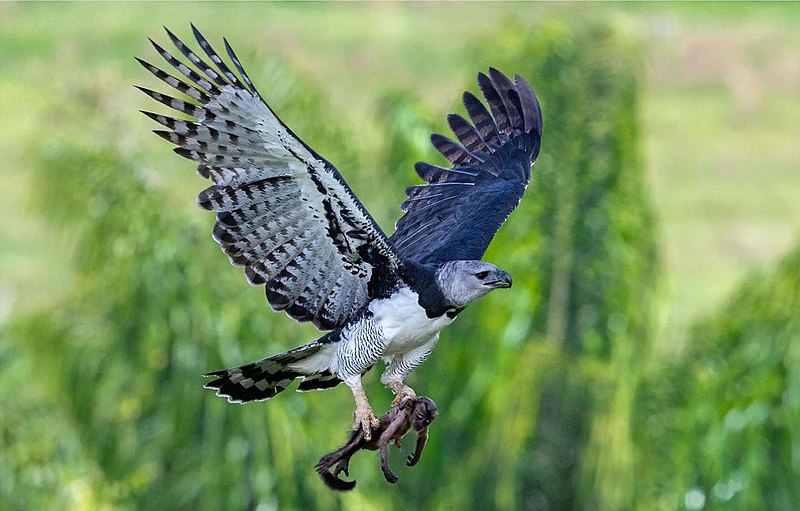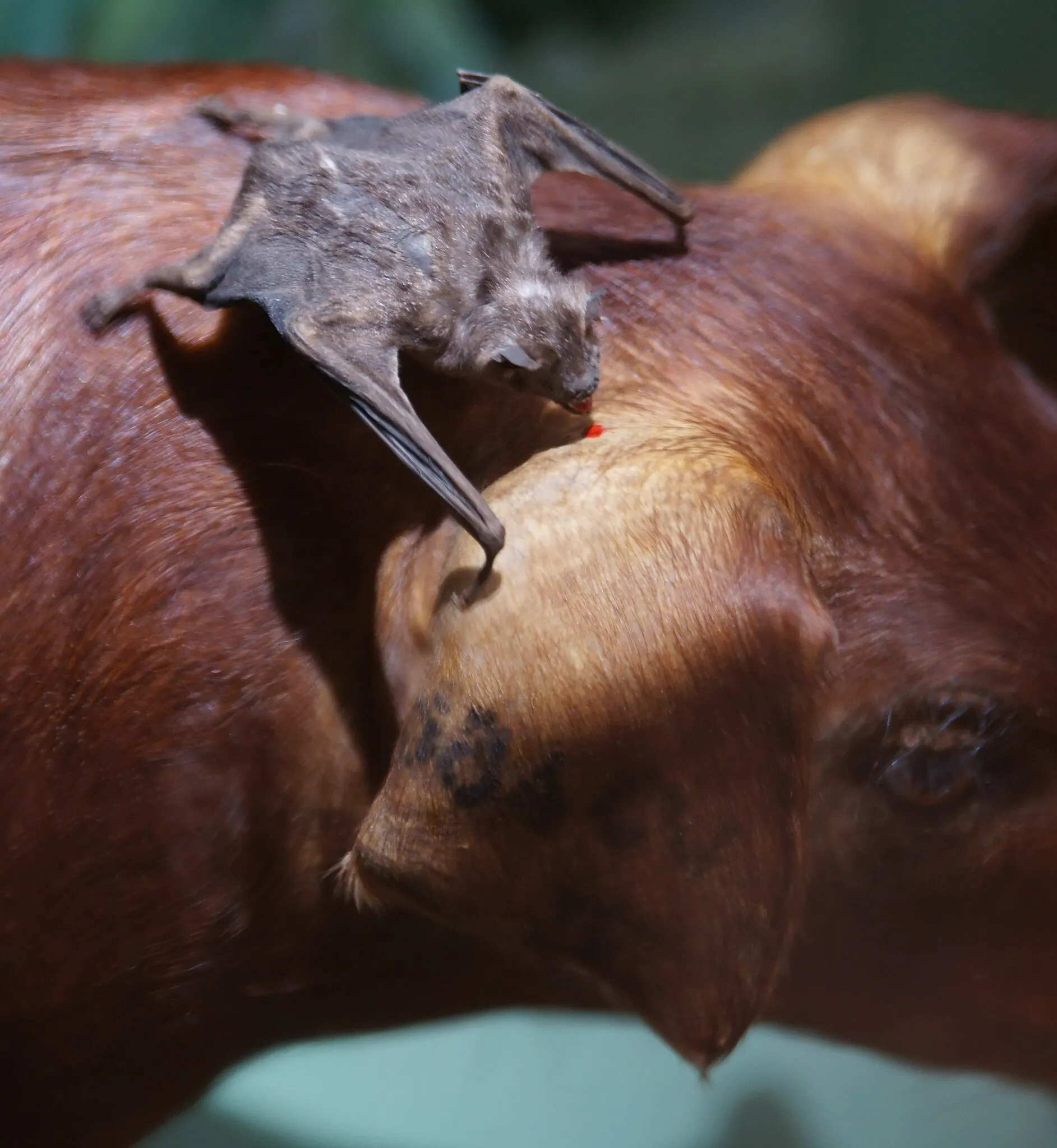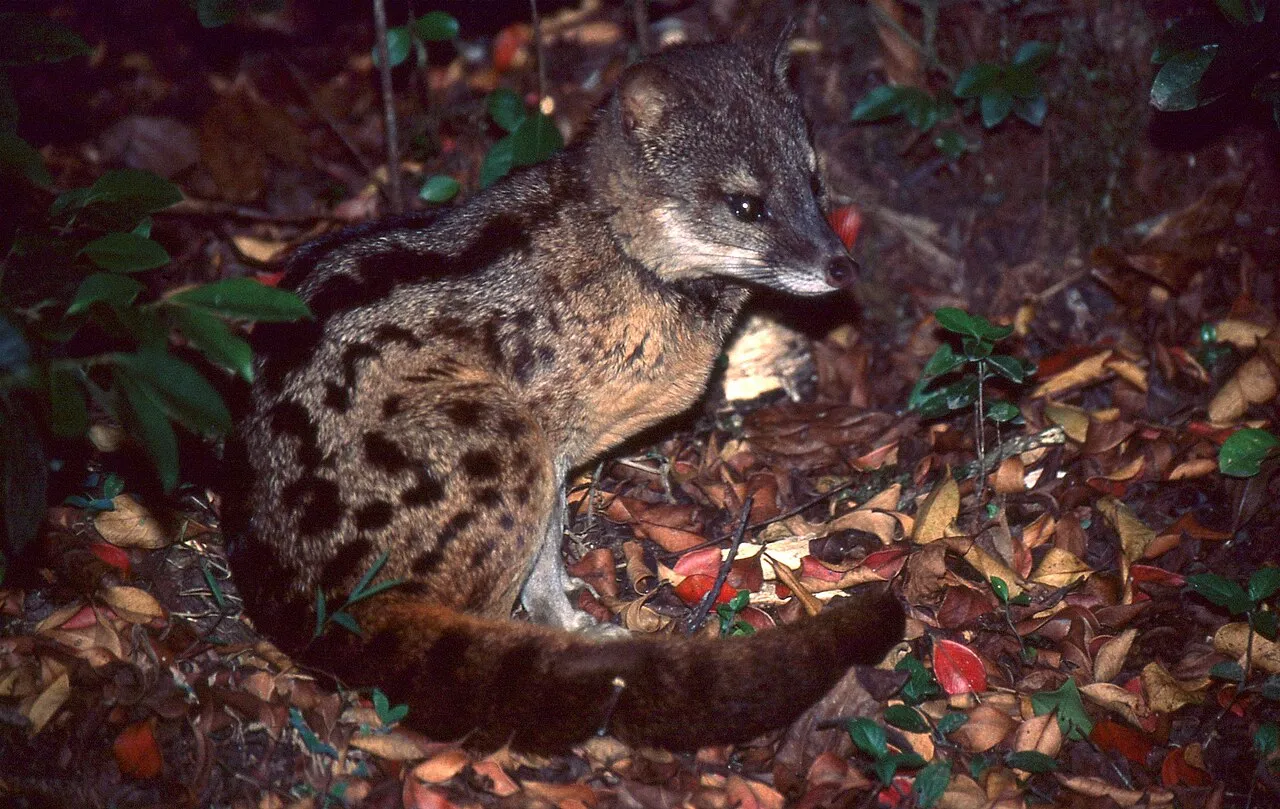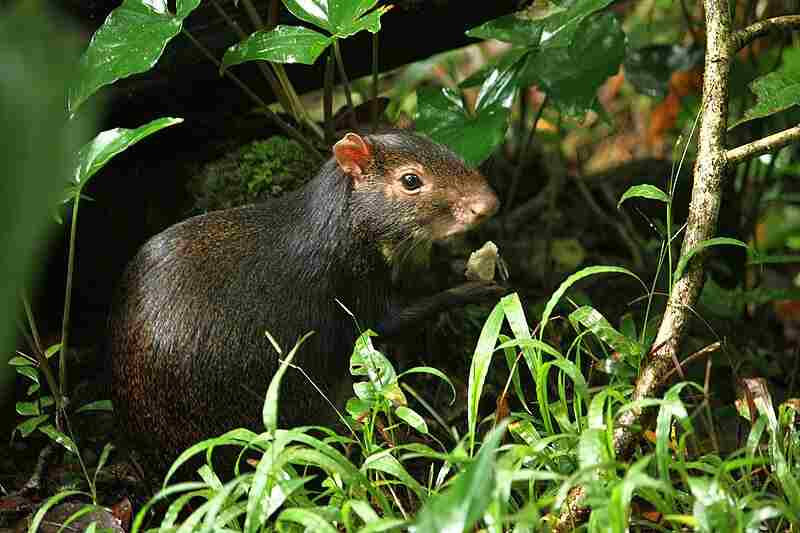5 Tropical Rainforest Animals and Their Characteristics Discussed
Tropical rainforest animals are; mammals (including primates, felines, bats, rodents) birds, aquatic animals, arachnids and insects, as well as reptiles and amphibians.
This article discusses tropical rainforest animals and their characteristics, as follows;
1). Mammals in the Tropical Rainforest (as one of the main groups of Tropical Rainforest Animals)
The tropical forest is home to an array of highly-diversified mammalian species.
Mammals in tropical rainforests can be broadly categorized into a number of groups, on the basis of factors like their ecological role(s), physiological attributes, and adaptive behavior.
Some of the main categories of mammals in the tropical forest are; primates; felines, rodents, large ruminants, and various kinds of bats.
Primates constitute a relatively-popular group of mammals in the tropical rainforest; known for their superior evolutionary development compared to most of the other mammals in their habitat.
A broad classification of forest primates will distinguish groups like the apes, prosimians and monkeys [4].
Examples of tropical rainforest primates are; gorilla, howler monkey, and orangutan.
Their diets are mostly herbivorous, meaning that these organisms may occupy the second trophic level as primary consumers in forest food chains and energy pyramids. However, some individuals exhibit omnivorous habits on an occasional basis, mainly by feeding on insects.

Felines are dominant as predatory, carnivorous mammals in the tropical rainforest. They contribute to the species richness of the tropical carnivore population, which includes members with different feeding preferences, such as predation, scavenging and carrion-feeding.
Ocelots, tigers and jaguars are examples of tropical rainforest felines.
Large ruminants in tropical rainforests are herbivorous mammals with specialized digestive systems that enable them effectively digest plant matter. A member of this group is the Okapi, which is endemic to the Congolian rainforest belt [5].
Other herbivores in the tropical rainforest are; sloths, tapirs, and some rodents.
Bats are also well-represented in rainforests. They are favored by the warm climate, humidity, and abundance of vegetation, which provide shade and abundance of food sources.
Tropical rainforest bats vary in feeding habits, from insectivorous to frugivorous categories.
As a whole, mammals contribute to the natural recycling of resources like biomass, bioenergy and nutrients in the tropical rainforest. Their activities result in the dispersal of plant seeds, and the regulation of consumer-populations.
2). Birds in the Tropical Rainforest
Like other animal groups, birds are abundant in the tropical rainforest.
They occur in different species, physiological forms, and behavioral tendencies.
Activities of tropical rainforest birds lead to the control of insect population, the dispersal of seeds, and pollination of flowers; all of which are essential toward the sustainability of the ecosystem.
Up to 1,000 species of birds occur in the tropical rainforest, making it one of the most robust biomes on Earth in terms of bird-biodiversity.
Many tropical birds are characterized by distinctive coloration, which is relevant for a variety of purposes including camouflage, mating, and territorial marking.
The dense forest canopy serves as a micro-habitat for tropical rainforest birds, many of which inhabit trees.
Feeding habits of birds in the tropical rainforest can be insectivorous, carnivorous, omnivorous or herbivorous (which includes the consumption of fruits, flowers and nectar).
Another characteristic of birds in the tropical rainforest is their distinctive vocalizations, which are used for communication within contexts like territorial defense, group coordination and mate-attraction.
Examples of tropical rainforest birds are; parrot, toucan, hornbill, lyrebird, tanager, sunbird, honeycreeper, hummingbird, owl, vulture, hawk and eagle.
The largest bird in the rainforest is the harpy eagle; a raptor capable of reaching 3 feet in height, with wingspans between 6 and 7 feet [1]. Geographic range of harpy eagle includes Central and South America, where they inhabit the canopies of rainforests and prey on several animals, functioning as apex predators within their territory.

3). Aquatic Animals in the Tropical Rainforest (as one of the main groups of Tropical Rainforest Animals)
In tropical rainforests, aquatic ecosystems like lakes and ponds may occur as micro-habitats, for a diverse array of aquatic animals.
Aquatic animals contribute to the biodiversity of tropical rainforests, and play roles in the overall equilibrium and function of the forest.
Examples of aquatic animals that can be found in the tropical rainforest are; amphibians, fish, crustaceans, reptiles, and some invertebrates.
From the above list, some like the amphibians, reptiles and water insects (invertebrates) can be discussed separately as major groups of tropical rainforest animals, asides their association with aquatic micro-habitats.
Fish are among the only water-bound aquatic animals that have no terrestrial tendencies in tropical rainforests. They may be frugivorous; like the pirapitinga [2], herbivorous, carnivorous or omnivorous.
Water bodies in tropical rainforests (and mangroves) also play host to crustaceans like shrimps, prawns and crabs.
Reptiles with aquatic tendencies in the tropical rainforest are; turtles, anacondas, caimans and some lizard species.
Aquatic micro-habitats and their organisms serve to broaden the range of food sources for tropical forest consumers which can find prey or vegetation within aquatic sub-zones. An example is the jaguar, which preys on caimans.
4). Arachnids and Insects in the Tropical Rainforest
Arachnids and insects are two closely-related groups of tropical rainforest animals.
They are effectively represented by numerous species, and can function as consumers in various trophic levels.
Arachnids in the tropical rainforest include; scorpions, spiders, and detrivorous harvestmen; which belong to the taxonomic order Opiliones (formerly Phalangida), and are recognized by their distinctive limbs [3].
Insects in the tropical rainforest include beetles, moths, butterflies, dragonflies, termites, damselflies and ants.
The most common insect in tropical rainforest is the ant, whose survival and productivity are immensely favored by an abundance of micro-habitats and food sources.
Beetles are also relatively dominant, with thousands of species of these insects inhabiting the tropical rainforests of the world.
Behaviors and feeding habits, as well as minute physiological details, vary from one insect or arachnid to another. This can be observed in the colonial, carnivorous behavior of some ant species, the variety of prey-capture mechanisms among spiders and scorpions, and the herbivory of many species of beetles.
5). Reptiles and Amphibians in the Tropical Rainforest (as one of the main groups of Tropical Rainforest Animals)
Crocodiles and pythons are the largest reptiles in the tropical rainforest, with other members of this group including lizards and small snakes.
The most common amphibians in tropical rainforests are frogs; including the glass frog, poison dart frog and tree frog.
Other rainforest amphibians include salamanders, like the Amazon climbing salamander (Bolitoglossa palmata).
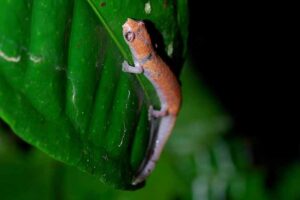
Conclusion
Tropical rainforest animals are;
1. Mammals
2. Birds
3. Aquatic Animals
4. Arachnids and Insects
5. Reptiles and Amphibians
References
1). Aguiar-Silva, F. H.; Sanaiotti, T. M.; Jaudoin, O.; Srbek-Araujo, A. C.; Siqueira, G. S.; Banhos, A. (2012). "Harpy Eagle sightings, traces and nesting records at the "Reserva Natural Vale", a Brazilian Atlantic Forest remnant in Espírito Santo, Brazil." Revista Brasileira de Ornitologia 20(2):148-155. Available at: https://www.researchgate.net/publication/239730998_Harpy_Eagle_sightings_traces_and_nesting_records_at_the_Reserva_Natural_Vale_a_Brazilian_Atlantic_Forest_remnant_in_Espirito_Santo_Brazil. (Accessed 1 June 2023).
2). Anupama, V. S.; Raj, S.; Devi, S.; Kumar, B. (2021). "Diet of Exotic Pirapitinga Piaractus brachypomus (Cuvier, 1818) From Vembanad-Kole Wetland, India, as Inferred From Gut Content Analysis and DNA Barcoding." Available at: https://doi.org/10.13140/RG.2.2.18220.80005. (Accessed 1 June 2023).
3). Cokendolpher, J.; Holmberg, R. (2018). "Harvestmen of the family Phalangiidae (Arachnida, Opiliones) in the Americas." Available at: https://doi.org/10.5962/bhl.title.156873. (Accessed 1 June 2023).
4). Isbell, L. A. (2005). "Predation on Primates: Ecological Patterns and Evolutionary Consequences." Evolutionary Anthropology Issues News and Reviews 3(2):61 - 71. Available at: https://doi.org/10.1002/evan.1360030207. (Accessed 1 June 2023).
5). Stanton, D. W.; Hart, J.; Galbusera, P.; Helsen, P.; Shephard, J.; Kümpel, N. F.; Wang, J.; Ewen, J. G.; Bruford, M. W. (2014). "Distinct and diverse: range-wide phylogeography reveals ancient lineages and high genetic variation in the endangered okapi (Okapia johnstoni)." PLoS One. 2014 Jul 9;9(7):e101081. Available at: https://doi.org/10.1371/journal.pone.0101081. (Accessed 1 June 2023).
